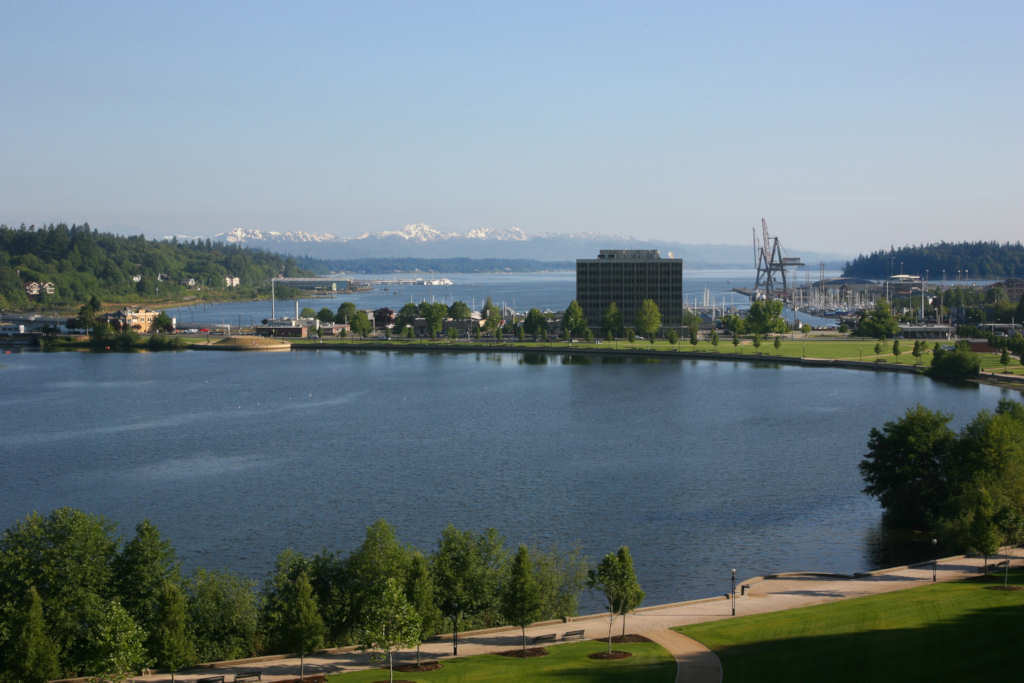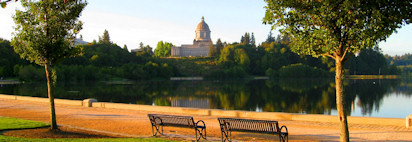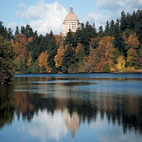Impact on Fisheries & the Environment
Letter from Wayne Daley, Sr. Fisheries Biologist March 2011
March 21, 2011
Jack Havens, Chair
Capitol Lake Improvements and Protection Association (CLIPA)
Subject: Deschutes Water Basin
Dear Mr. Havens
As a fisheries professional I have been asked to review the proposed changes to Capitol Lake presented by CLAMP (an advisory board developed by the General Administration Department of the State of Washington). In addition I have reviewed the White Paper prepared by CLIPA.
In the years I have worked as a fisheries consultant I have had occasion to work in the Deschutes Watershed and I am familiar with the fisheries issues associated with the Deschutes River. The following is a quote from the State of Washington Catalog of Washington Streams. This is a 1975 document that is still referenced by fisheries professionals.
“The excellent present-day returns of Chinook and coho to this river system originated entirely from plants made above the falls. Present production is maintained at a high level through intensive stocking of Capitol Lake, a managed salmon rearing area existing as an integral part of the Deschutes River system.
Although no salmon hatcheries exist within the basin, eggs are obtained annually at the Deschutes River-Tumwater Falls fishway, with incubation at WDFW hatcheries.”
The fact that this population of fish has been maintained with the returning fish to the watershed indicates that this is not a typical “donor stock” of hatchery fish. This is a viable population of salmon that have utilized a unique freshwater rearing area prior to immigrating to the saltwater. There will be a far greater return of fish to this system if the lake is dredged and rehabilitated with native vegetation on the shorelines around the entire perimeter of the lake.
However, a much more important issue is the critical need to have the entire watershed assessed and determine a management plan for the entire watershed. I have recently been the lead fisheries biologist in the Watershed Management Plan for all of the watersheds of the west side of Hood Canal. This was done as a community effort with all of the city and county agencies working together with the Department of Ecology in the development of a long range plan to protect and enhance water quality and the fisheries resources of Hood Canal.
It is critical that this approach be taken with Capitol Lake. I do not believe that turning the lake into a mud flat will enhance or improve the existing salmon and trout populations of the watershed. The restricted flow of water into the area above 4th avenue will not provide the typical flushing that would occur in an undisturbed estuary.
My observations are preliminary and will require additional research to verify the needs and impacts that are impacting the health of the entire watershed. I have also attached a resume.
Sincerely;
Wayne Daley
Sr. Fisheries Biologist
Impact on Fisheries & the Environment
by: Wayne Daley, Fisheries BiologistTurning Capitol Lake into a mud flat will not enhance or improve the existing salmon and trout populations of the Deschutes Watershed.


